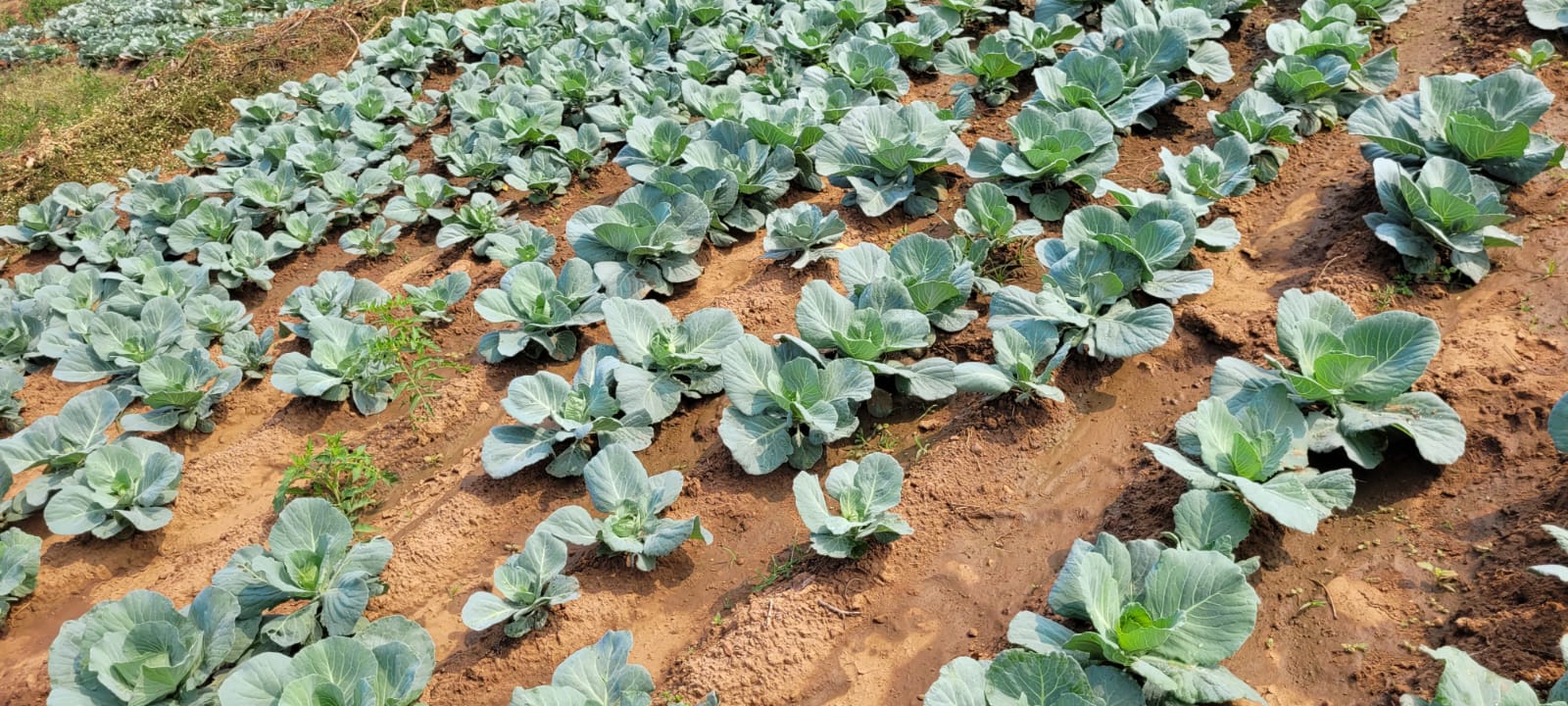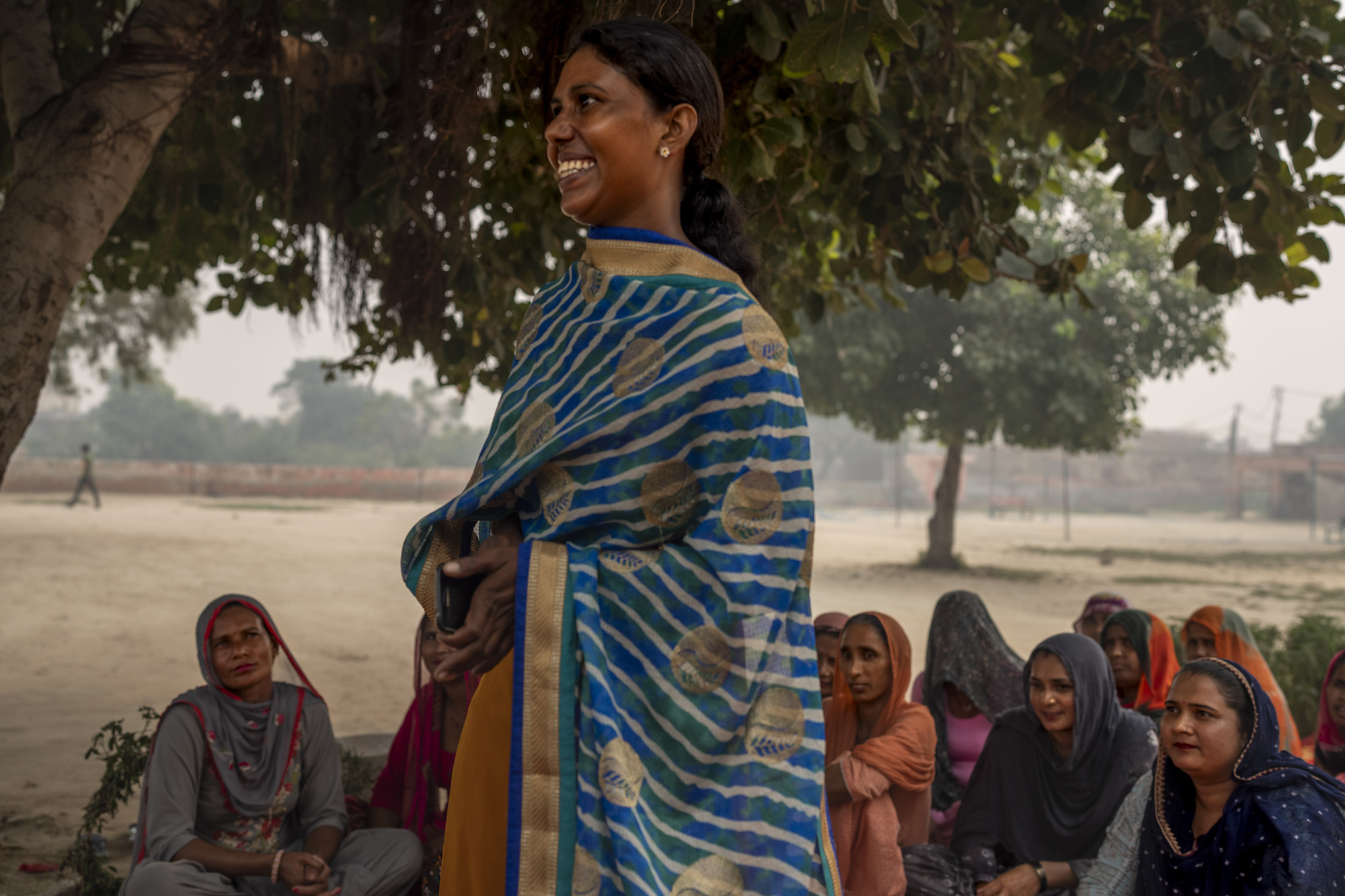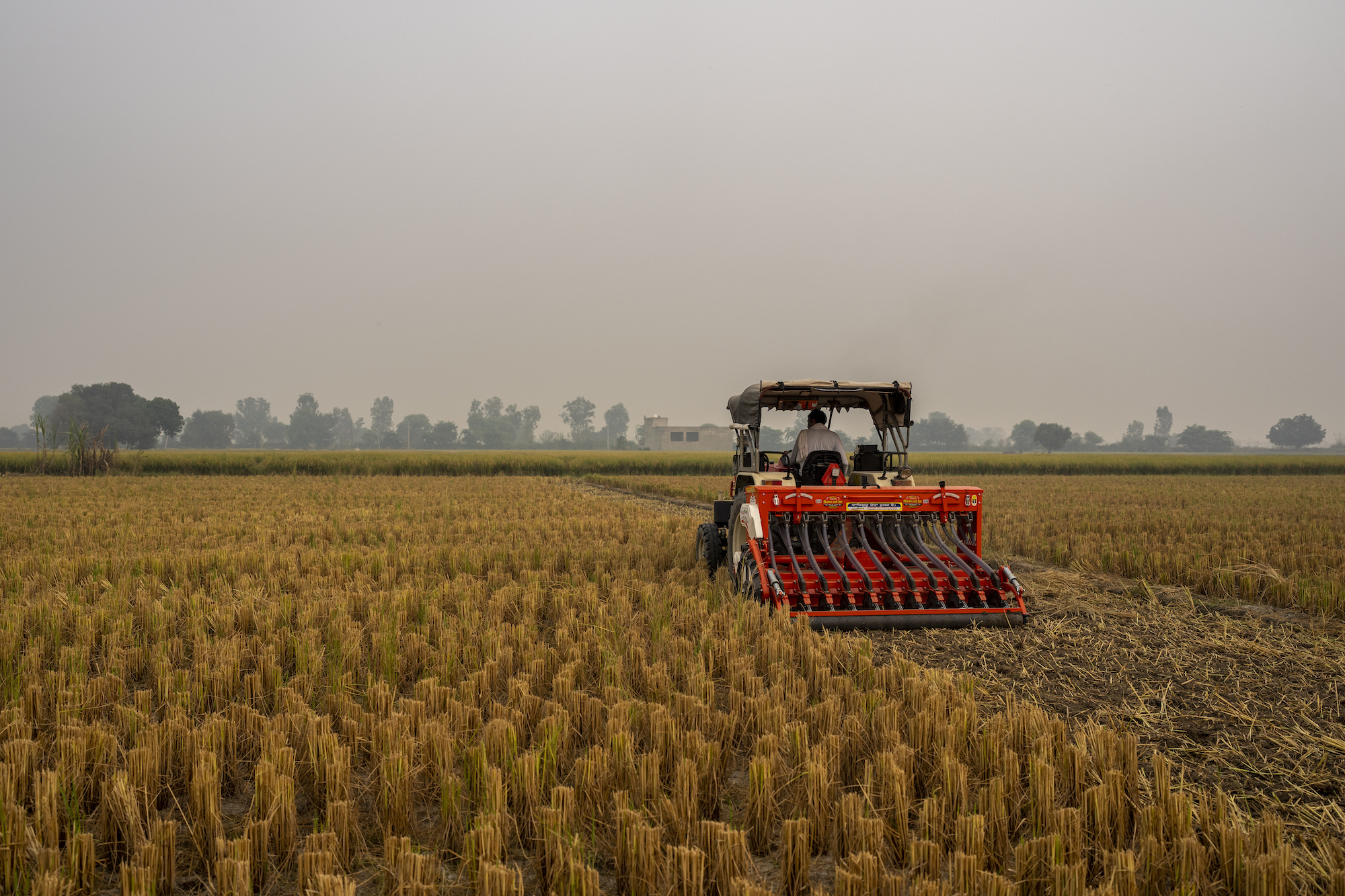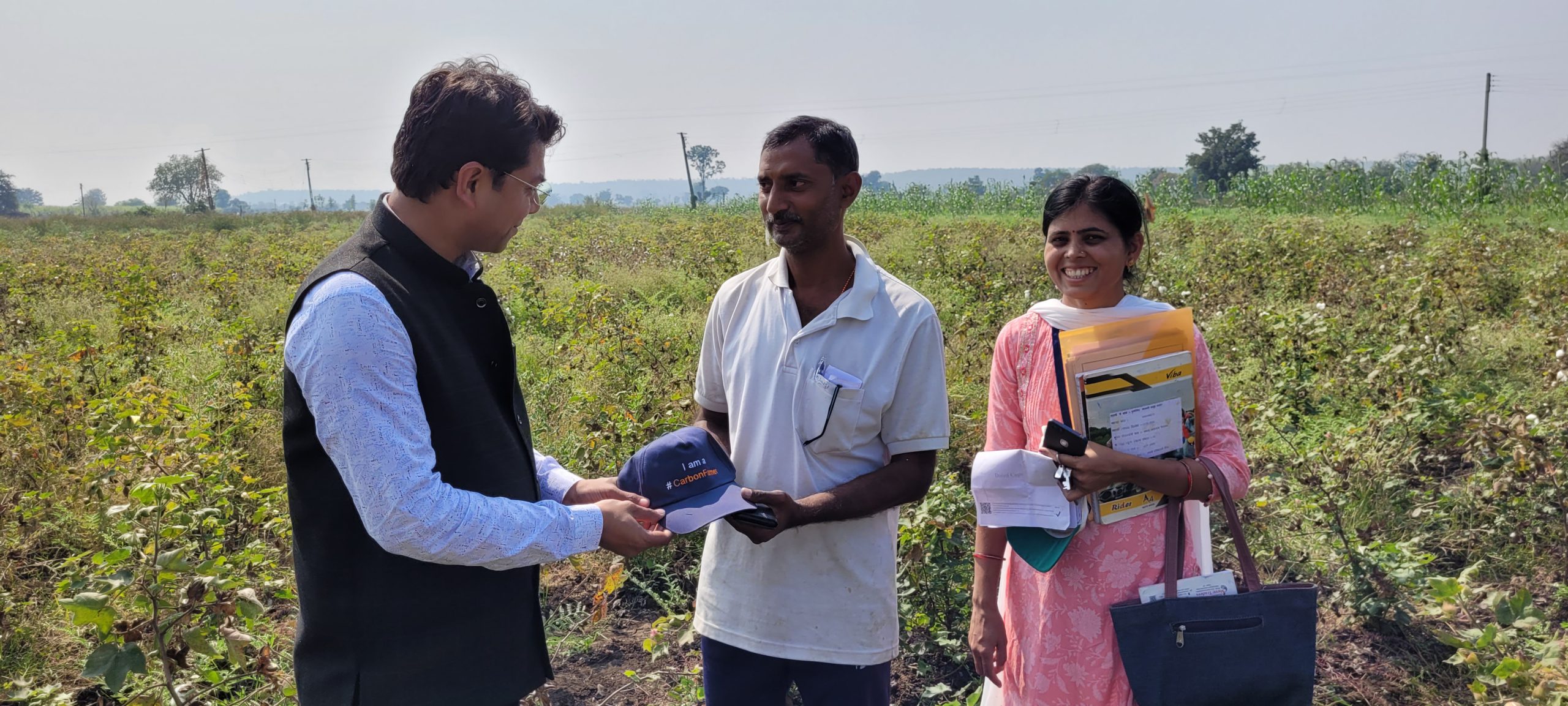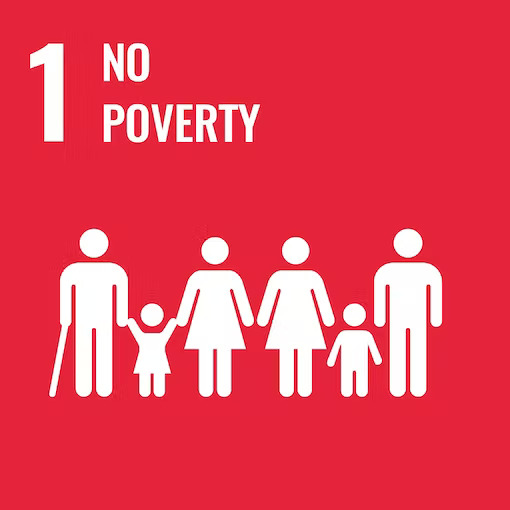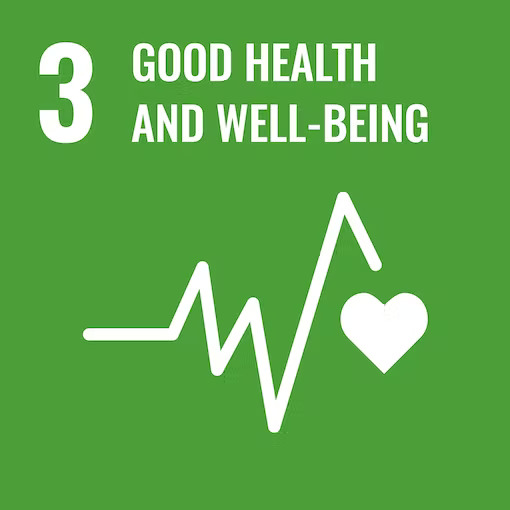Climate, Community, and Biodiversity
Improved agricultural practices offer a powerful opportunity to reverse land degradation and replenish soil carbon, effectively creating carbon removals and promoting overall soil health. In this project, farmers are encouraged to adopt agricultural practices that have proven to increase soil organic carbon, which in turn enhances soil moisture and nutrient retention, leading to higher crop yields. Despite facing barriers to adoption, this project works closely with partners to create feasible and sustainable solutions that enable grassroots behavior change and help farmers surmount these obstacles. The project provides direct financial benefits to small and marginal farmers through carbon credits, thus boosting their livelihoods. Beyond enhancing Soil Organic Carbon (SOC) levels, this project is expected to generate several community benefits, promoting broader sustainable development outcomes.
This project contributes to the following UN Sustainable Development Goals (SDGs).
